Characterization of a multi-element clinical HIFU system using acoustic holography and nonlinear modeling
- PMID: 25004539
- PMCID: PMC4130294
- DOI: 10.1109/TUFFC.2013.2750
Characterization of a multi-element clinical HIFU system using acoustic holography and nonlinear modeling
Abstract
High-intensity focused ultrasound (HIFU) is a treatment modality that relies on the delivery of acoustic energy to remote tissue sites to induce thermal and/or mechanical tissue ablation. To ensure the safety and efficacy of this medical technology, standard approaches are needed for accurately characterizing the acoustic pressures generated by clinical ultrasound sources under operating conditions. Characterization of HIFU fields is complicated by nonlinear wave propagation and the complexity of phased-array transducers. Previous work has described aspects of an approach that combines measurements and modeling, and here we demonstrate this approach for a clinical phased-array transducer. First, low amplitude hydrophone measurements were performed in water over a scan plane between the array and the focus. Second, these measurements were used to holographically reconstruct the surface vibrations of the transducer and to set a boundary condition for a 3-D acoustic propagation model. Finally, nonlinear simulations of the acoustic field were carried out over a range of source power levels. Simulation results were compared with pressure waveforms measured directly by hydrophone at both low and high power levels, demonstrating that details of the acoustic field, including shock formation, are quantitatively predicted.
Figures
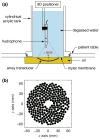
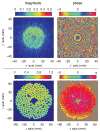
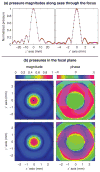
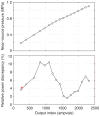
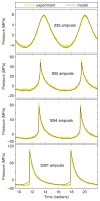
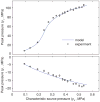


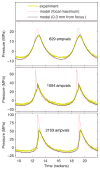
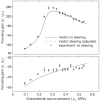


References
-
- Kremkau FW. Sonography Principles and Instruments. 8. St. Louis, MO: Saunders; 2011.
-
- Hill CR, Bamber JC, ter Haar G, editors. Physical Principles of Medical Ultrasonics. 2. West Sussex, UK: John Wiley & Sons; 2004.
-
- Bailey MR, Khokhlova VA, Sapozhnikov OA, Kargl SG, Crum LA. Physical mechanisms of the therapeutic effect of ultrasound - (A review) Acoust Phys. 2003;49(4):369–388.
Publication types
MeSH terms
Grants and funding
LinkOut - more resources
Full Text Sources
Other Literature Sources

